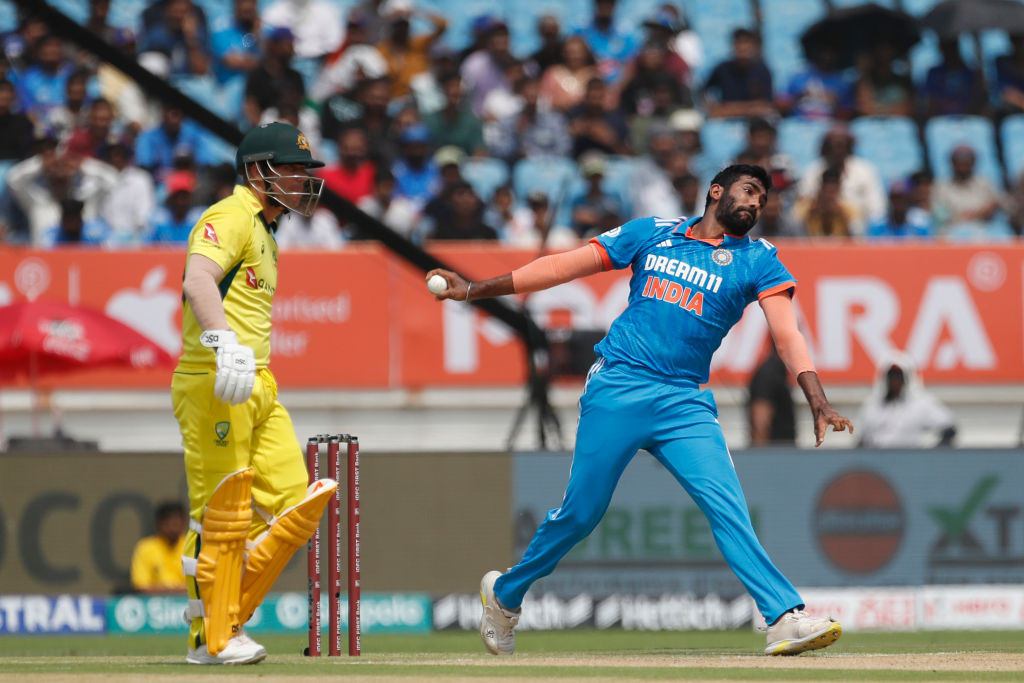In a move that could significantly alter the dynamics of One Day Internationals (ODIs), the ICC men’s cricket committee, chaired by former India captain Sourav Ganguly, has proposed a change to the existing two-ball rule in a bid to restore a better balance between bat and ball in the 50-over format.
Currently, each ODI innings begins with two new balls—one from each end—which has been the norm since October 2011. However, at the ICC meetings held this week in Harare, the committee recommended a key alteration: from the 35th over of an innings, the fielding team would continue with only one of the two balls in use.
Proposed Rule Change
According to the recommendation, both balls will be used for the first 34 overs, as is currently the case. After 34 overs, the fielding side will be allowed to choose which of the two 17-over-old balls to continue with for the remainder of the innings. The unchosen ball will be retained as a spare and used only if necessary.
This adjustment is aimed at introducing more wear and tear on the ball in the latter stages of an innings, potentially aiding bowlers—particularly spinners and reverse-swing specialists—and rebalancing a format that has increasingly favored batters in recent years.
The committee had also weighed the idea of implementing the change earlier, around the 25th over, but that suggestion did not garner enough support. Instead, the consensus settled on allowing both balls to be used for 17 overs each, offering a more balanced approach.
Boards have been asked to provide feedback on the proposed tweak by the end of April. If there is a consensus, the change will be formalized at the ICC’s annual general meeting in July. Since this is a change to the playing conditions rather than the laws of the game, it does not require ICC Board approval.
Historical Context
The current two-ball rule was reintroduced in 2011, though similar conditions were in place during the 1992 World Cup and various periods prior. Between 2007 and 2011, ODIs featured a mandatory ball change after the 34th over, with a similarly used but cleaner ball replacing the original to aid visibility—especially under lights.
Stop Clock in Tests and U-19 Format Debate
In addition to the ODI rule change, the ICC is also weighing the introduction of a 60-second stop clock in Test cricket, a move already implemented in limited-overs formats to curb slow over-rates. Under the rule, teams exceeding the time limit for resuming play between overs face penalties such as bringing an additional fielder inside the 30-yard circle.
There was also discussion on converting the Under-19 Men’s World Cup from a 50-over format to T20, but no clear consensus was reached. Most members expressed reservations about the change, and such a shift would require formal approval by the ICC Board.
The also committee discussed the possibility of introducing bonus points in the World Test Championship, though the idea was met with skepticism due to concerns over its complexity.




















